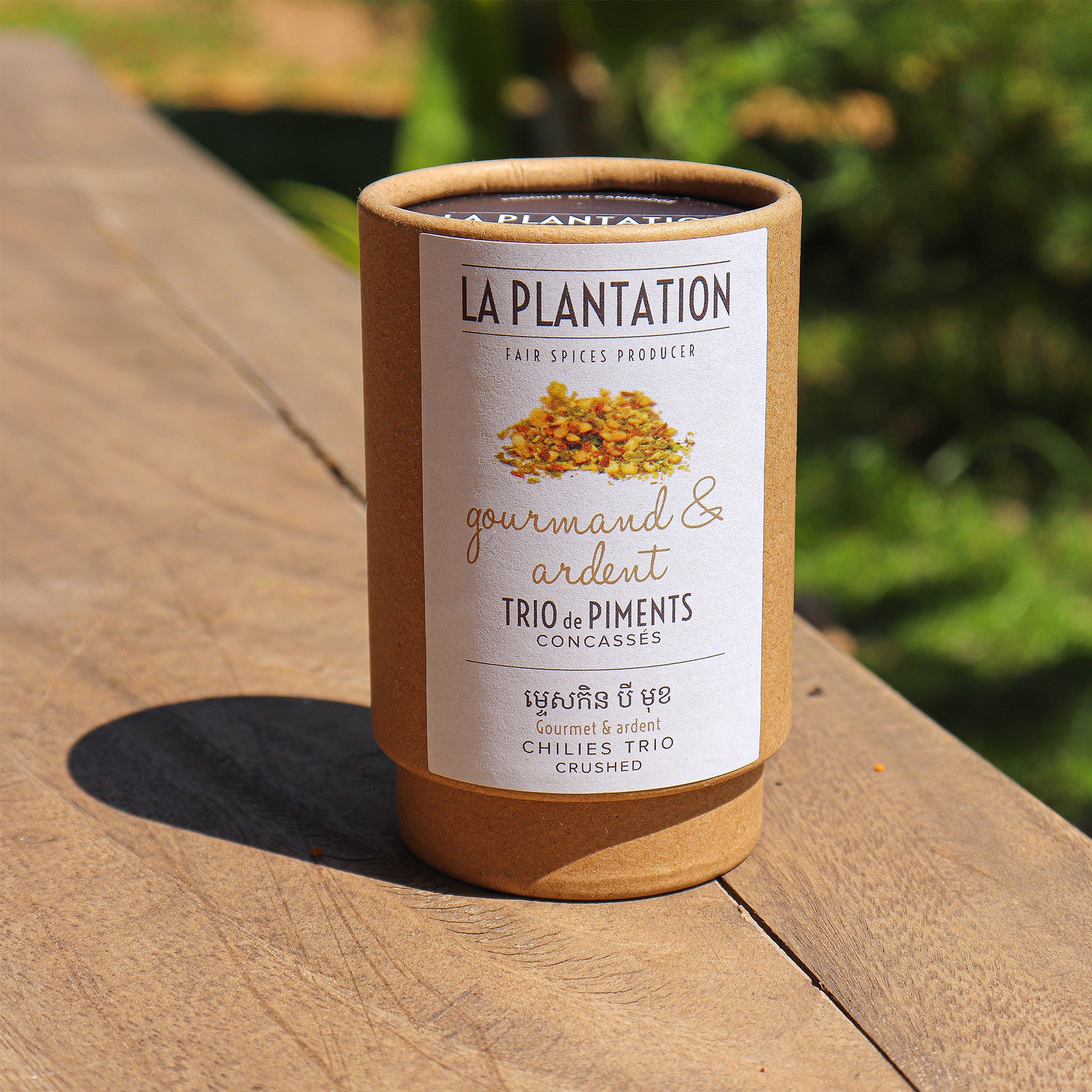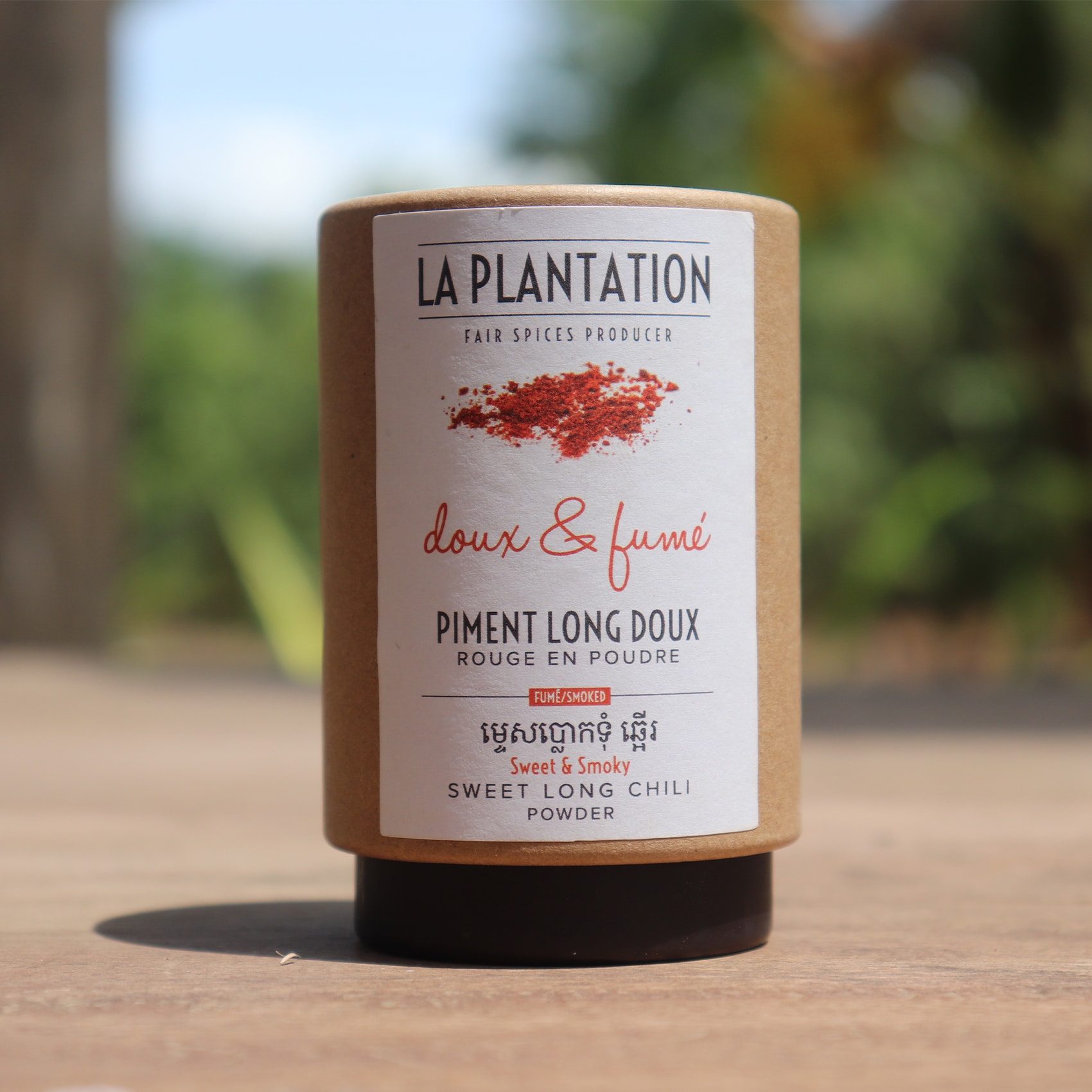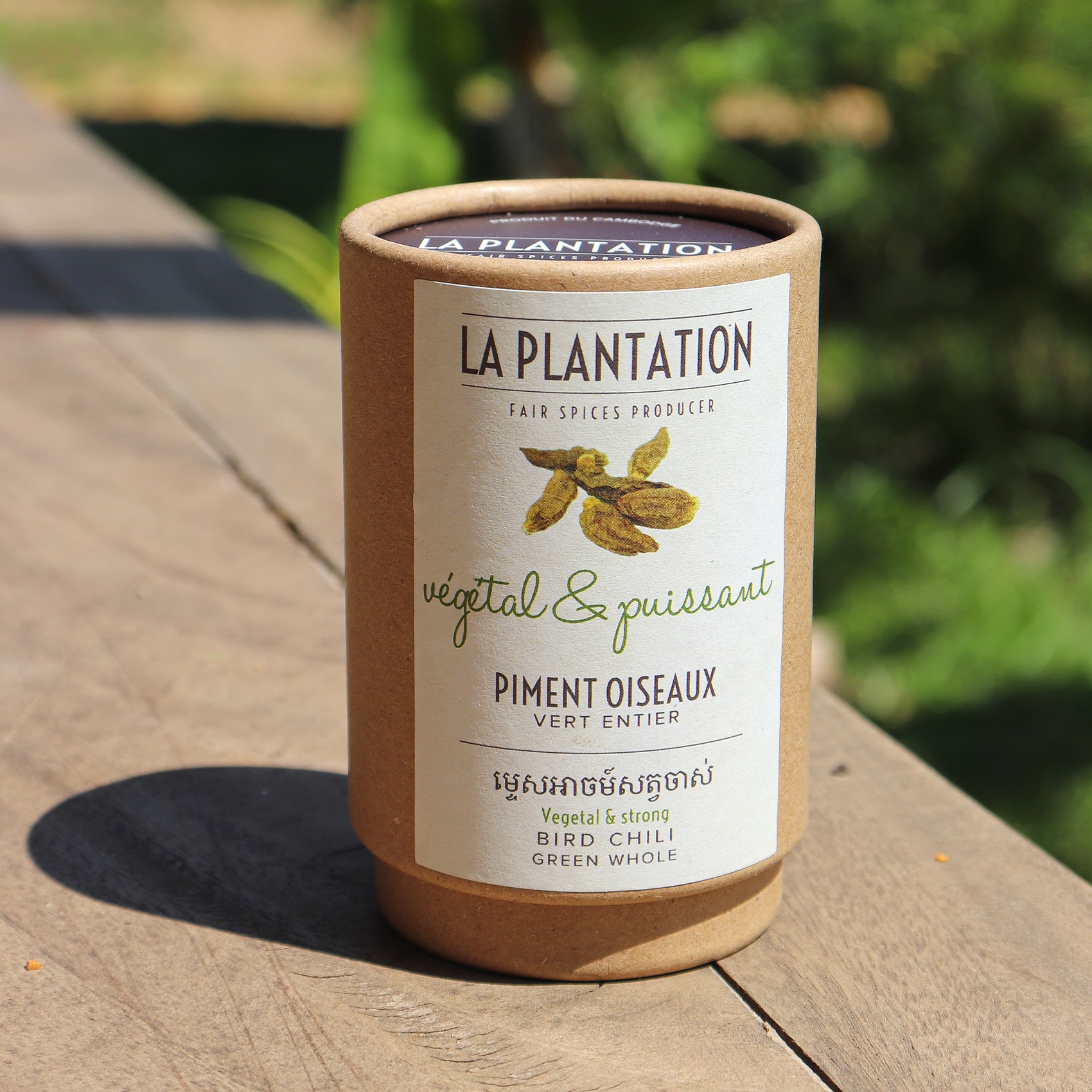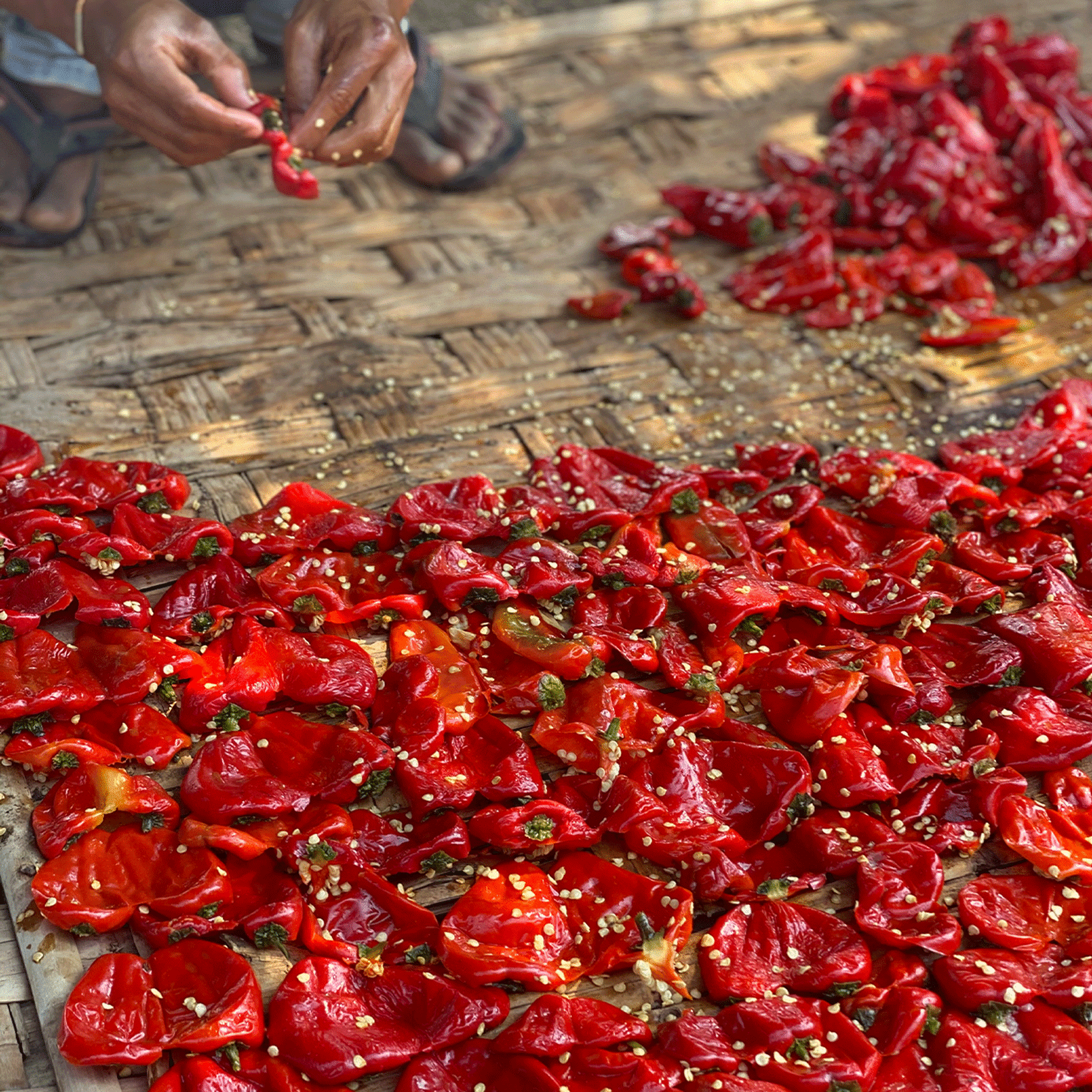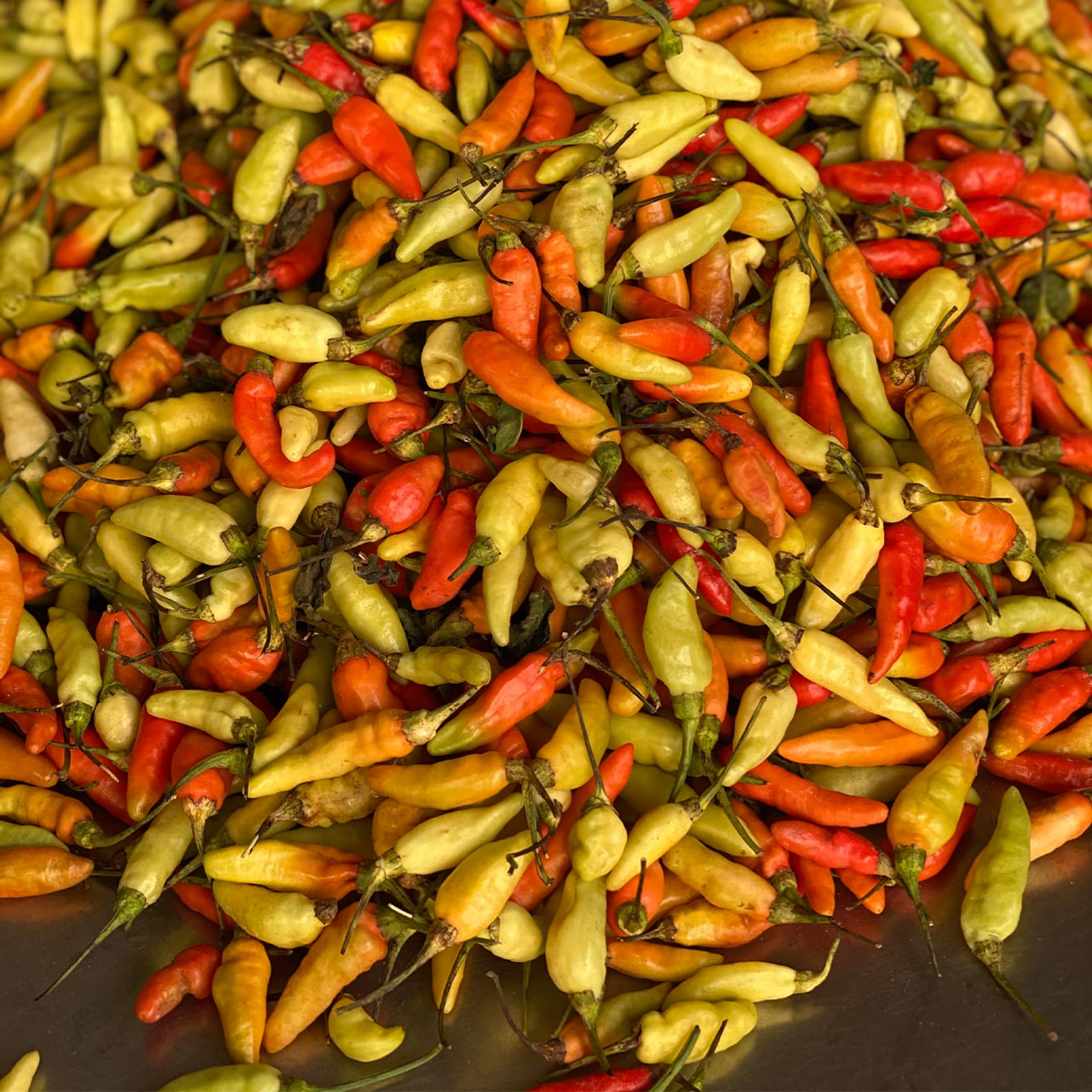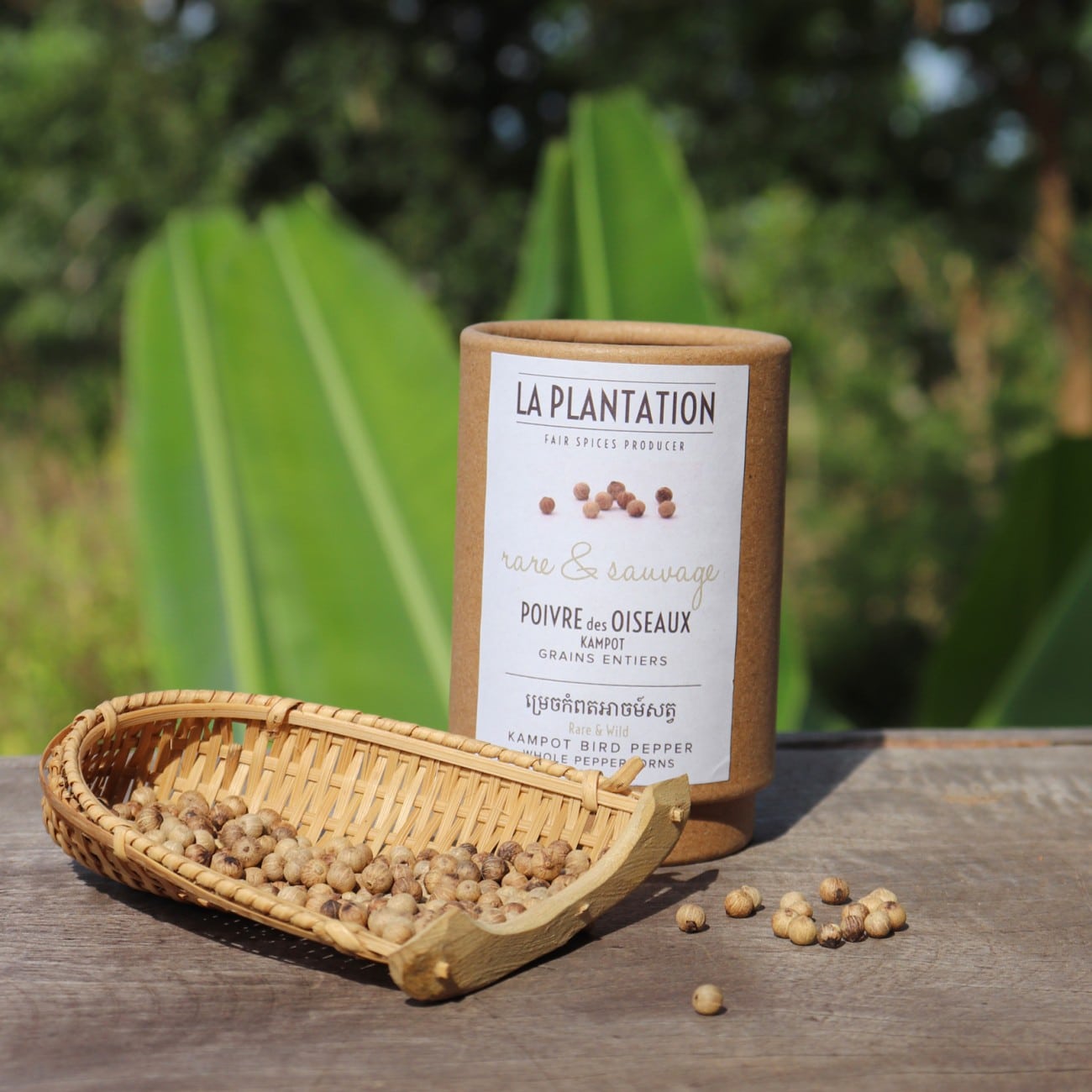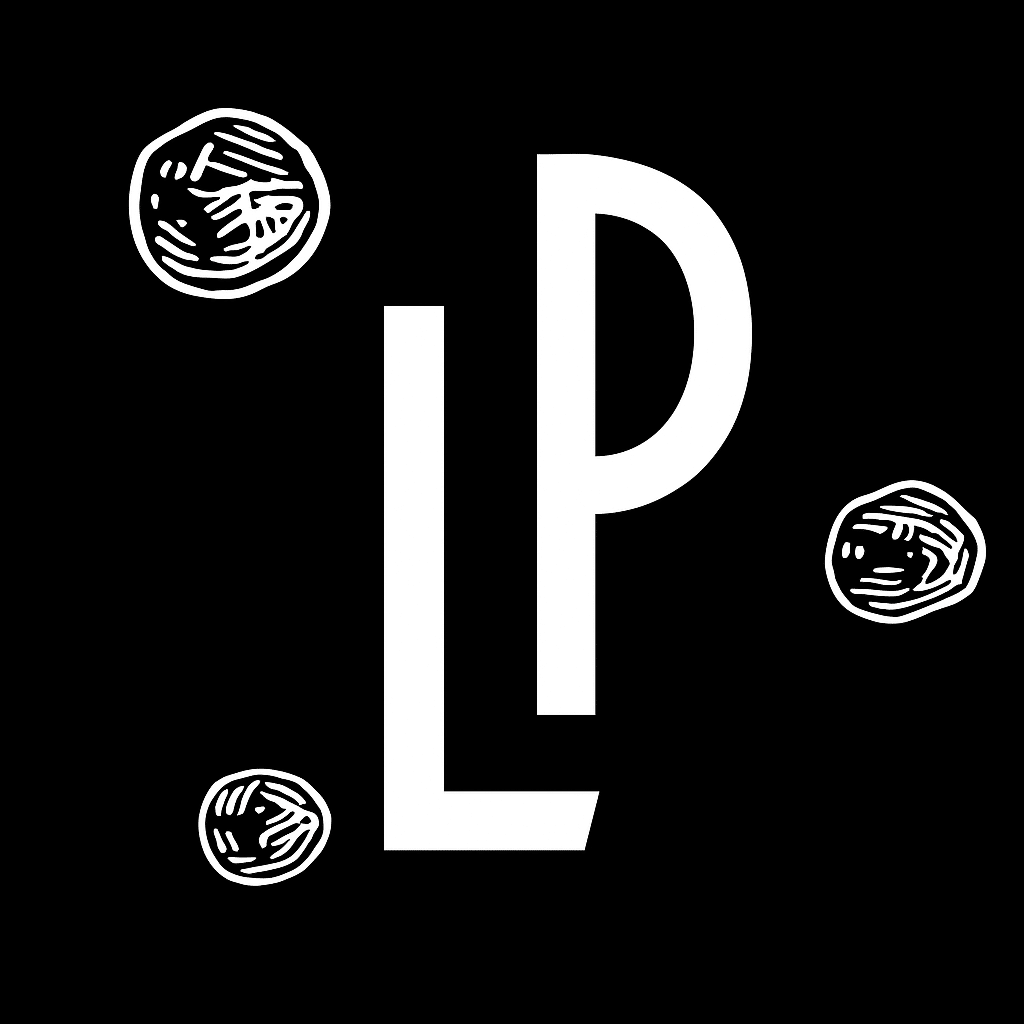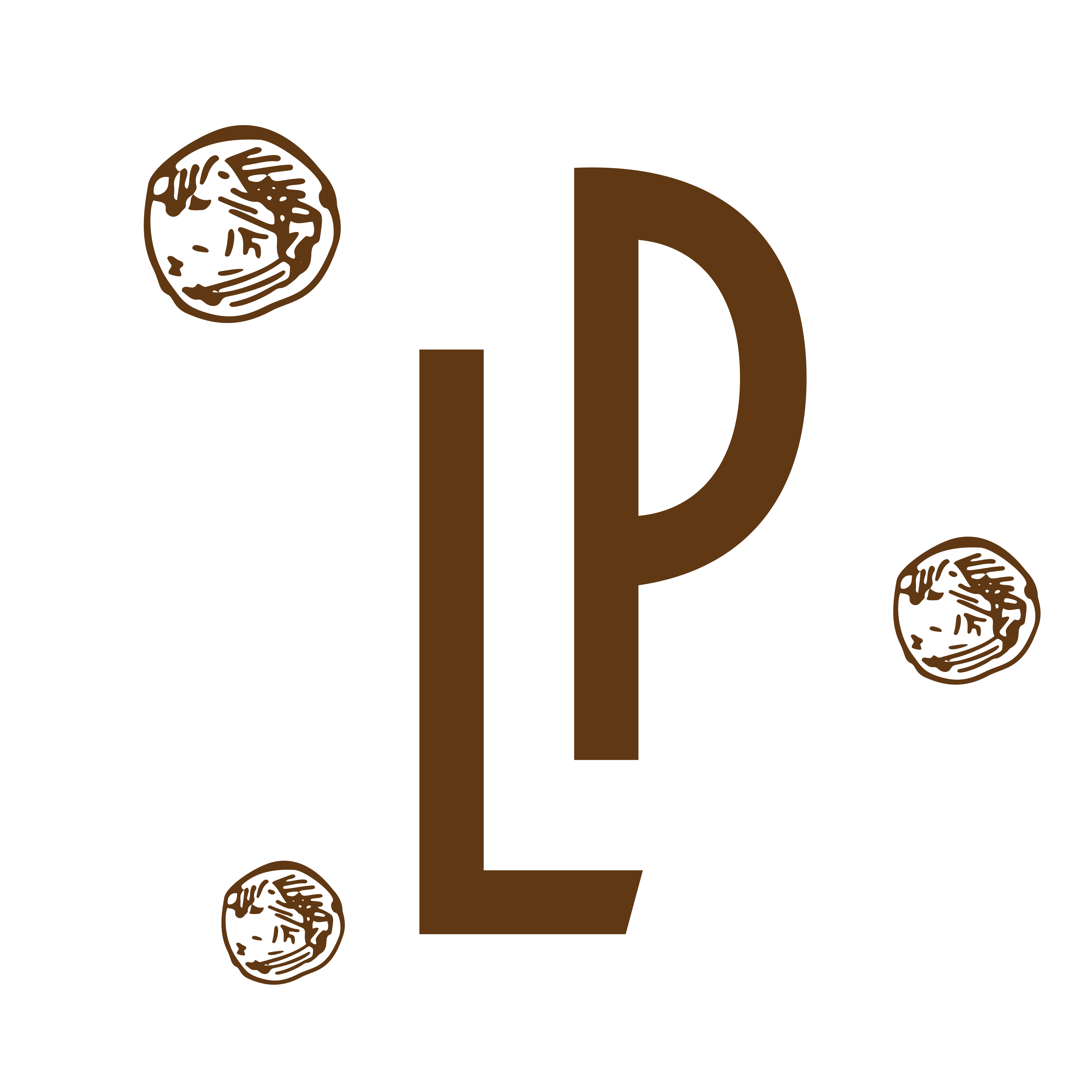
We tell you all about the Scoville scale : A complet guide
If you love spicy food, you know that not all chilies are the same.
Some just tingle, others burn like fire. But how do you measure that heat? That’s where the Scoville Scale comes in. It’s a way to measure how hot a chili is, based on how much capsaicin it contains — the compound that makes your mouth feel on fire.
In this article, we’ll explore:
- What the Scoville Scale is
- How chili heat is measured
- Which chilies are the hottest in the world
- And how to enjoy spicy food without going overboard
What Is the Scoville scale?
The Scoville Scale is a system used to measure how hot a chili pepper feels when you eat it. It tells us how much capsaicin is in a chili—the natural compound that creates the burning or spicy sensation in your mouth.
This scale was invented in 1912 by a pharmacist named Wilbur Scoville, who wanted a way to compare the heat of different peppers. He created a test where chili extracts were diluted in sugar water until taste testers could no longer feel any burn. The more dilution it took to remove the heat, the higher the Scoville rating.
Today, the testing method is more precise. Scientists now use High-Performance liquid chromatography (HPLC) to directly measure capsaicin levels. Still, the Scoville Heat Unit (SHU) remains the most popular way to talk about chili heat. From sweet peppers at 0 SHU to super-hot varieties like the Carolina Reaper above 2 million SHU, the scale helps us understand what to expect when we bite into a chili.
How is the Scoville scale calculated?
Originally, the Scoville scale was based on human perception—testers would taste diluted chili extract and note when the heat was no longer noticeable. While this method was useful, it had clear limits: it was subjective and varied from person to person, depending on their spice tolerance.
Today, scientists use lab testing to get more accurate results. Using HPLC, they analyze the concentration of capsaicinand related compounds. These levels are then converted into Scoville Heat Units (SHU) using a standardized formula.
Here’s how it works in practice:
- A chili with no capsaicin scores 0 SHU (like a bell pepper)
- A chili that needs to be diluted in 550 liters of water to lose its heat scores 550,000 SHU
- The Carolina Reaper, currently the hottest chili in the world, reaches over 2.2 million SHU
Even with lab precision, it’s important to note that each person’s experience of heat is different. Factors like culture, diet, and even personal genetics all influence how spicy we find a dish.
Did you know? Only mammals feel the burn from capsaicin. Birds can eat chili peppers without pain. This helps some wild chili species, like the Guam Boonie pepper, spread naturally as birds eat the fruits and drop the seeds (According to the University of Iowa study).
The role of Capsaicin
Capsaicin is the key compound that gives chili peppers their signature heat. It’s a natural chemical found in varying amounts depending on the chili variety, how it’s grown, and how it’s processed.
When you eat a chili pepper, capsaicin binds to the pain receptors in your mouth—specifically the ones that normally react to heat. This tricks your brain into thinking your mouth is on fire, even though there’s no real temperature change. That’s why you feel a burning sensation when eating spicy food.
Scoville Ratings for common chilies
Each chili got an intensity which depends of several factors. Here are few examples of chilies rated on Scoville scale :
- Capsicum (Bell pepper): 0 SHU – completely sweet with no heat at all
- Paprika (sweet long chili): 100 to 500 SHU – very mild, often used for its color and subtle flavor
- Jalapeño: 2,500 to 8,000 SHU – medium heat, widely used in Mexican cuisine
- Cayenne pepper: 30,000 to 50,000 SHU – hot and punchy, commonly used in powder form
- Bird’s Eye Chili: 50,000 to 100,000 SHU – very spicy, small but powerful, used in many Asian dishes
- Carolina Reaper: over 2,200,000 SHU – officially the hottest chili in the world, with extreme, lingering heat
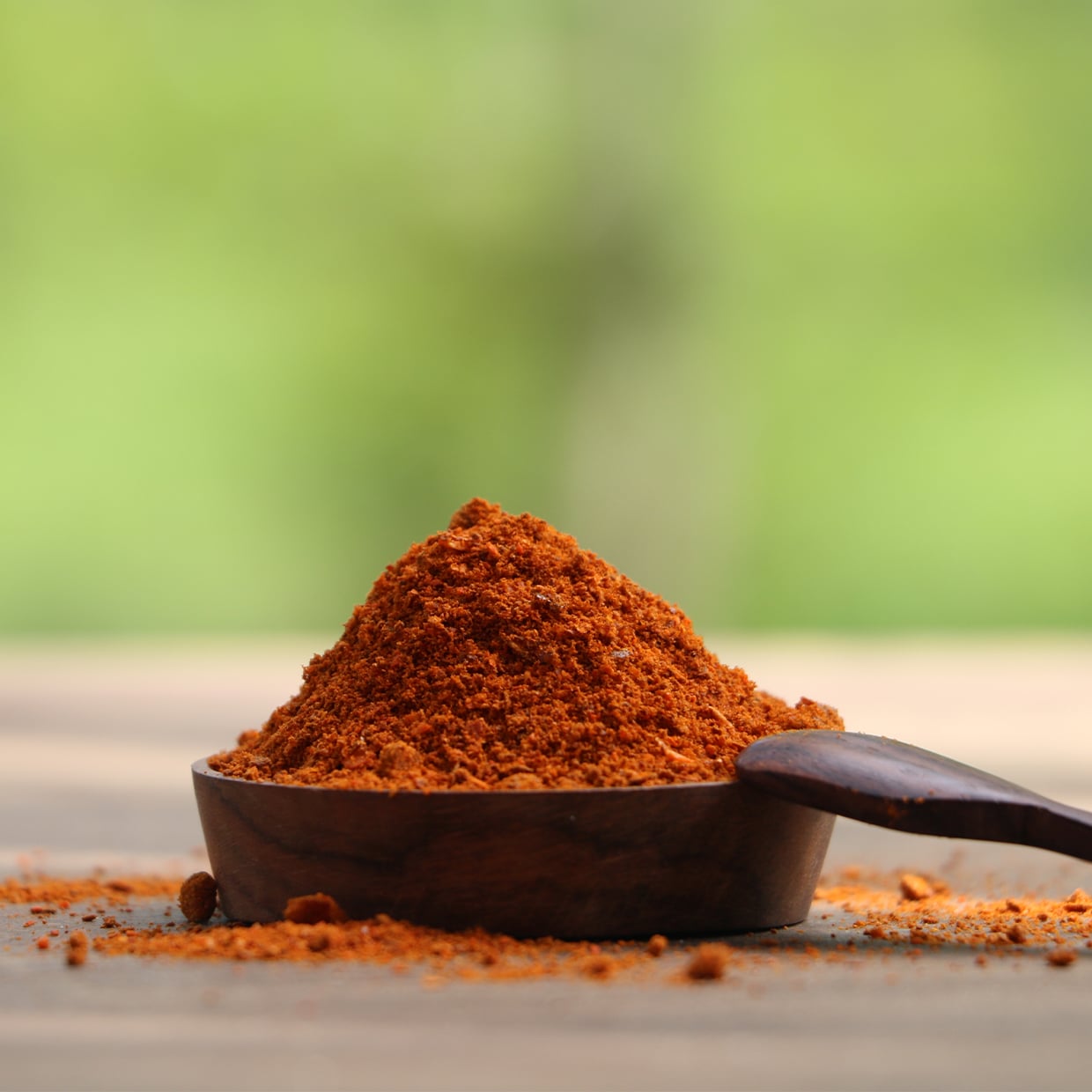
Top 10 Hottest chilies in the World
These are the world’s spiciest chilies, ranked by their Scoville score:
- Carolina Reaper – 2,200,000 SHU (South Carolina, USA): This chili was created by crossing an Indian Naga pepper with a Habanero. It has held the title of world’s hottest chilisince 2013, with a sharp, long-lasting burn.
- Trinidad Moruga Scorpion – 2,009,231 SHU (Trinidad and Tobago): Native to the village of Moruga, this chili starts with a sweet, fruity flavor—but quickly explodes with intense heat.
- 7 Pot Douglah – 1,853,936 SHU (Trinidad and Tobago): Also known as the “chocolate chili” due to its dark brown color. It’s one of the most powerful chilies ever recorded.
- 7 Pot Primo – 1,469,000 SHU (USA): Developed by Troy Primeaux in Louisiana, this chili looks similar to the Carolina Reaper with its signature pointed tail. It’s brutally hot and not for beginners.
- Trinidad Scorpion Butch T – 1,463,700 SHU (Trinidad and Tobago): Named after its creator, Butch Taylor, this chili has a scorpion-like shape and delivers a fiery, piercing heat.
- Naga Viper – 1,349,000 SHU (United Kingdom): A hybrid of three super-hot varieties, the Naga Viper briefly held the world record in 2011. It packs a powerful, fast-building heat.
- Ghost Pepper (Bhut Jolokia) – 1,041,427 SHU (India): Grown in Assam, India, this chili was once used to keep wild elephants away. It’s one of the most famous super-hot peppers in the world.
- Red Savina Habanero – 500,000 SHU (Caribbean, USA): This bright red Habanero used to be the hottest chili on record before being overtaken by newer hybrids. It has a strong, clean heat.
- Bird’s Eye Chili – 50,000 to 100,000 SHU (Southeast Asia, Africa): Grown in tropical regions, this small but powerful chili is a staple in Asian and African cooking, known for its bold heat and bright flavor.
- Cayenne Pepper – 30,000 to 50,000 SHU (South America): Widely used in both cooking and traditional medicine, Cayenne pepper offers a balanced heat that enhances everything from stews to health tonics.
👉 Fun fact: Some chilies are so strong they’re used in pepper sprays!
Spiciness in Khmer cuisine
Khmer cuisine—traditional cooking from Cambodia—uses chili peppers in a much gentler and more subtle waycompared to neighboring countries like Thailand or Vietnam. While chilies are present, they’re usually served on the side, allowing each person to control how much spice they want to add.
In Cambodian dishes, flavor balance is key. The goal is not to overwhelm the palate, but to enhance it. Chilies are used to add depth, not to dominate.
One of the most unique peppers in Khmer cooking is the Red Bird’s Eye Chili. With a heat level of 30,000 to 60,000 SHU, it’s the spiciest chili grown in Cambodia. What makes it special is its history: this variety was nearly lost and had to be reintroduced from wild plants growing in the forest.
Despite its intensity, it offers rich aromatic and chocolatey notes that make it perfect for blending into sauces or dishes with bold flavors. We honor this heritage by offering the Red Bird’s Eye Chili in both its natural and smoked forms—each crafted to preserve its unique flavor while respecting traditional farming methods.

How to Cook with Chili without overdoing it
Chili peppers are a fantastic way to add warmth, depth, and excitement to your recipes. But use too much, and it can quickly become overwhelming. The trick is to learn how to balance the heat.
Here are a few simple tips to enjoy chili without burning your taste buds:
- Start small and taste as you go: Add chili in small amounts and increase gradually. A pinch of our dried chili flakes or a drop of chili sauce can go a long way.
- Choose the right variety: If you enjoy flavor but not too much fire, use milder chilies like sweet paprika, jalapeño, or our green chili sauces specially made for a softer heat.
- Balance with creamy or sweet ingredients: Dairy products like yogurt or coconut milk help soothe the heat. So does sugar—Palm Sugar, widely used in Southeast Asia, adds natural sweetness that softens spicy notes.
- Use fats to carry the flavor: Capsaicin dissolves in fat, so combining chili with cheese, eggs, or oils can smooth out the burn. Try adding smoked paprika to eggs or using green chili sauce in a shakshuka-style breakfast.
- Get creative with desserts: Chili and chocolate are a bold but delicious match. A hint of Red Bird’s Eye Chili in a chocolate mousse or truffle creates a surprising and memorable dessert.
Cooking with chili doesn’t have to be a risk—it can be a rewarding, flavorful adventure when done right.
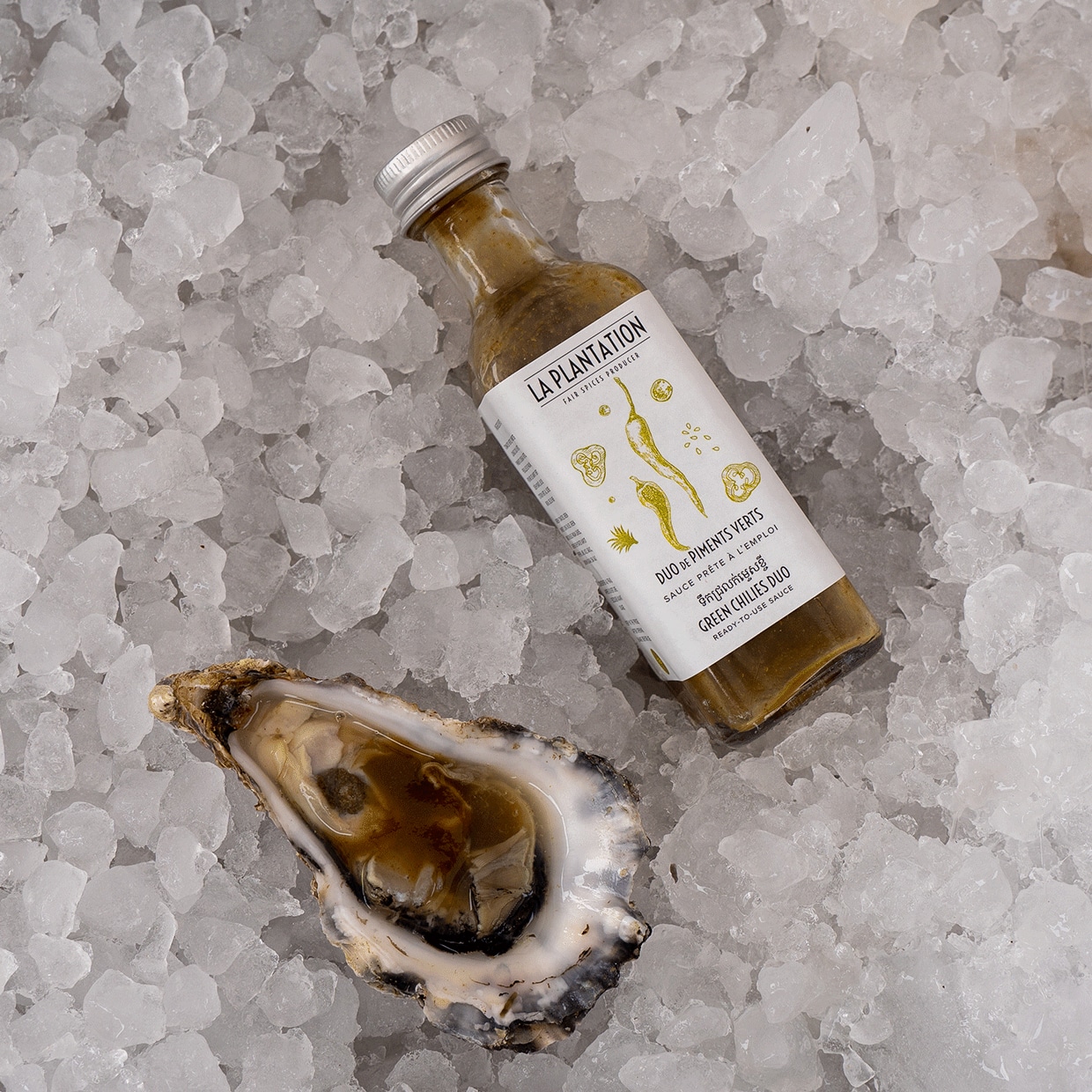
How to cool down Chili heat
Everyone who’s bitten into a chili that was too hot knows the feeling: burning lips, watering eyes, and a desperate search for relief. Here’s how to cool things down effectively:
- Use dairy: Yogurt, milk, or sour cream are great options. They bind to capsaicin and help wash it away. In Indian cuisine, yogurt is often served with spicy dishes for this reason.
- Add sugar: Sweetness helps counterbalance the burn. In Cambodian and Thai cooking, palm sugar is often used to soften chili-based sauces.
- Add starchy foods: Rice, bread, or potatoes can absorb some of the heat and help tone it down.
- Dilute your sauces: If a chili sauce or condiment is too strong, mix it with oil, vinegar, or yogurt. This works well for creating marinades or dipping sauces. For example, our Duo of Green Chilies Sauce was made to offer a balanced, milder heat—perfect for oysters or seafood.
- Build up your tolerance: Like any acquired taste, your chili tolerance grows over time. Start with mild heat and gradually increase the intensity. Our chili products make it easy to find your ideal level.
Remember: water won’t help much. Capsaicin is not water-soluble—it sticks to your mouth. Go for fat, sugar, or starchinstead.
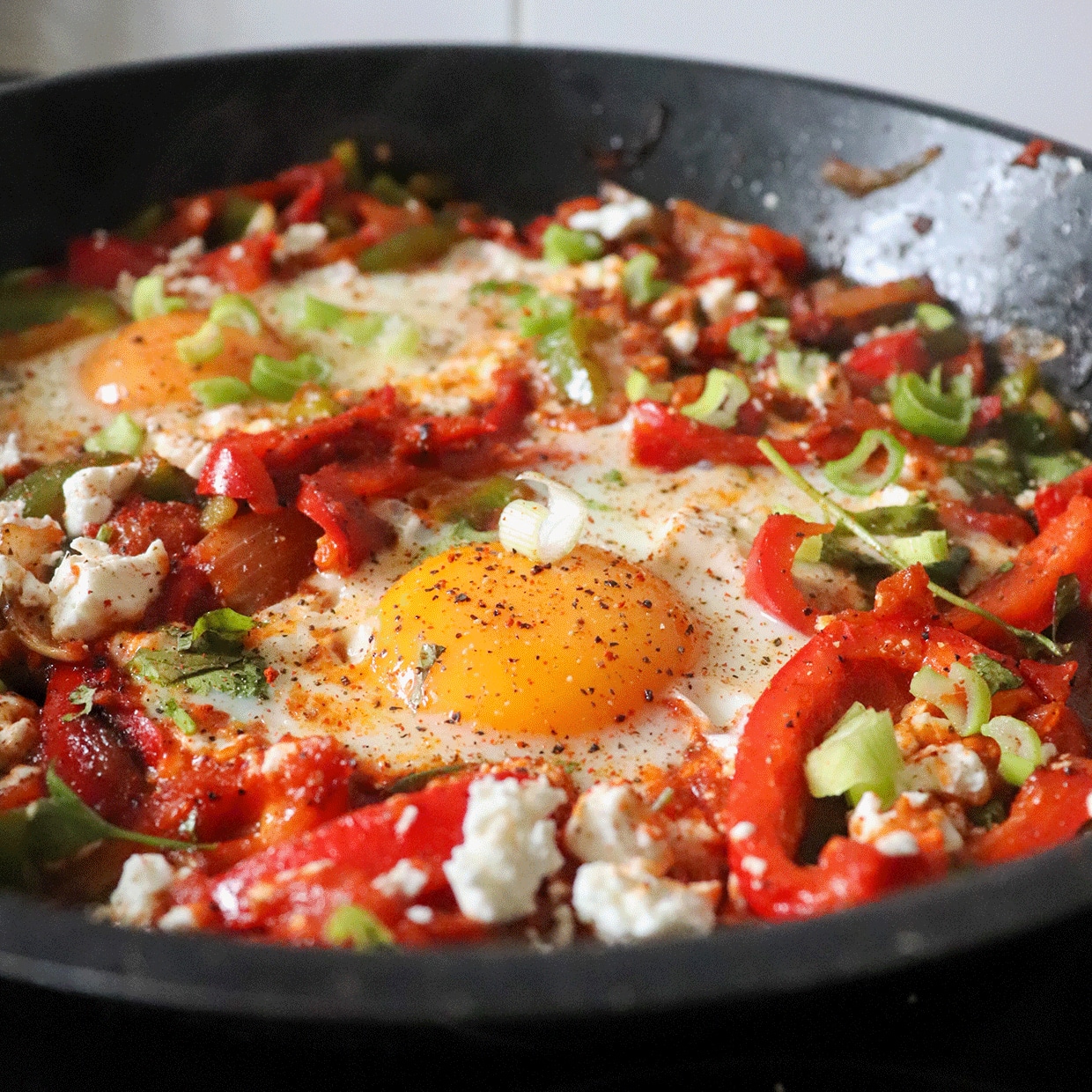
FAQ
What does the Scoville scale measure?
The amount of capsaicin, the compound that makes chili peppers hot.
Why isn’t pepper (black peppercorns) on the scale?
It contains piperine, not capsaicin. The sensation is different and not measured on the Scoville scale.
Why do some people handle chili better than others?
It depends on genetics, habits, and diet. People in countries like Thailand or Mexico often grow up eating spicy food.
Does cooking reduce chili heat?
Not always. Capsaicin is heat-resistant. It can spread into oils or sauces and even feel stronger. Long boiling can reduce it slightly.
The Scoville Scale helps us understand and enjoy the wide world of chili peppers. Whether you like a gentle tingle or a fiery explosion, there’s a chili out there for you.
At La Plantation, we grow and prepare high-quality chilies and spicy condiments, harvested by hand and crafted in Cambodia. Try our full range—from mild to wild—and spice up your kitchen with authentic, fair-trade flavors.
